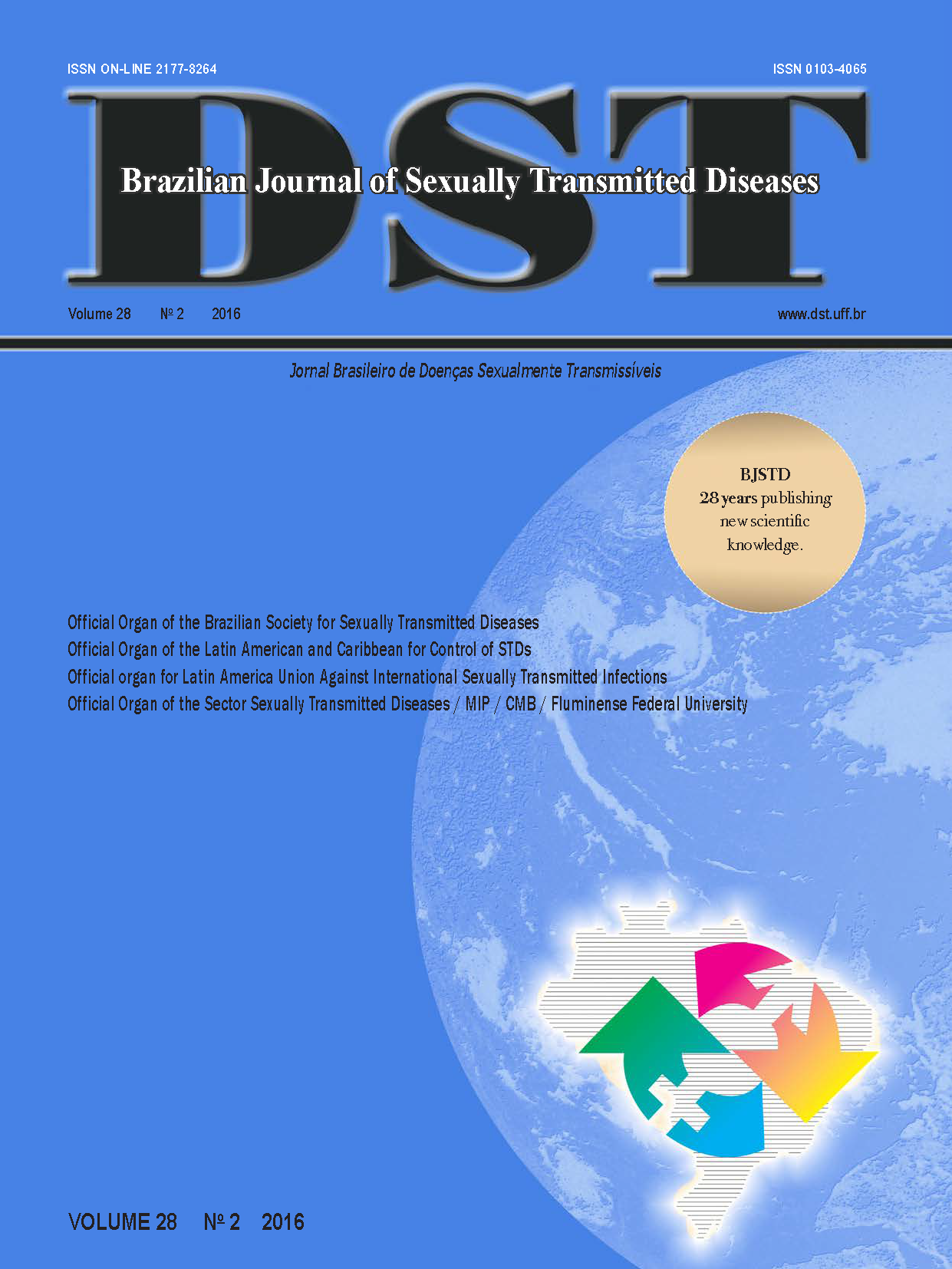Early impact in reducing cervical abnormalities in campos dos goytacazes, rj, Brazil, after introduction of the quadrivalent hpv vaccine for girls 11–15
is it time to think about hpv vaccine in boys?
Keywords:
Papillomaviridae, Papanicolaou test, immunization coverage, uterine cervical neoplasms, human papillomavirus recombinant vaccine quadrivalent, types 6, 11, 16, 18Abstract
Introduction: Human papillomavirus (HPV) is a huge concern in public and private health. The prevention of this condition is the combination of the use of Papanicolaou smear test, condoms and HPV vaccines. Campos dos Goytacazes, RJ, is the first Brazilian municipality to implement in September 2010 the quadrivalent HPV vaccine (Gardasil®) for girls in the age group of 11–15 years, in a hybrid strategy of vaccination (schools and health centers). In 2014, the vaccination was started also for boys, at the same time that the Ministry of Health introduced it for girls. Objective: The aim of the study was to analyze the trends in reduction of low-grade cervical abnormalities five years after the introduction of the quadrivalent HPV vaccine in this municipality (primary outcome). Furthermore, this study evaluated the relative risk (RR) of each of the groups studied, in order to explain the protective effect of the vaccine (secondary outcome). Methods: The ecological analysis evaluated the impact of HPV vaccination as a protective factor against low risk of HPV abnormalities. Results of the Pap smear test obtained from the Brazilian Ministry of Health’s Sistema de Informação do Câncer do Colo do Útero (SISCOLO) were categorized in low-grade abnormalities (LGA) and high-grade abnormalities (HGA). This preliminary study focused in LGA rates, which were estimated for a 1-month period and then stratified by four age groups (<20; 20–24; 25–30; >30 years) from 2007 to 2014. A quantitative comparison of LGA temporal trends before and after vaccination was done with Quasi-Poisson regression analysis. The protective effect of the vaccine over time was evaluated by calculating the RR in each age group. Results: The study showed significant decrease of more than 60% in LGA in women <20 years old, and less, almost 50% for the other groups. HPV vaccine was a protective factor, because the RR result was <0.0001 in all age groups. Conclusions: Although the studies show that the pre-HPV neoplastic lesions may be reversible spontaneously, it is undeniable that the vaccine contributes greatly to the high reduction rates, associated with high vaccination coverage. These results are the first in Brazil and in future may address the necessity to discuss the vaccination for boys in the context of the same results obtained in Australia.












